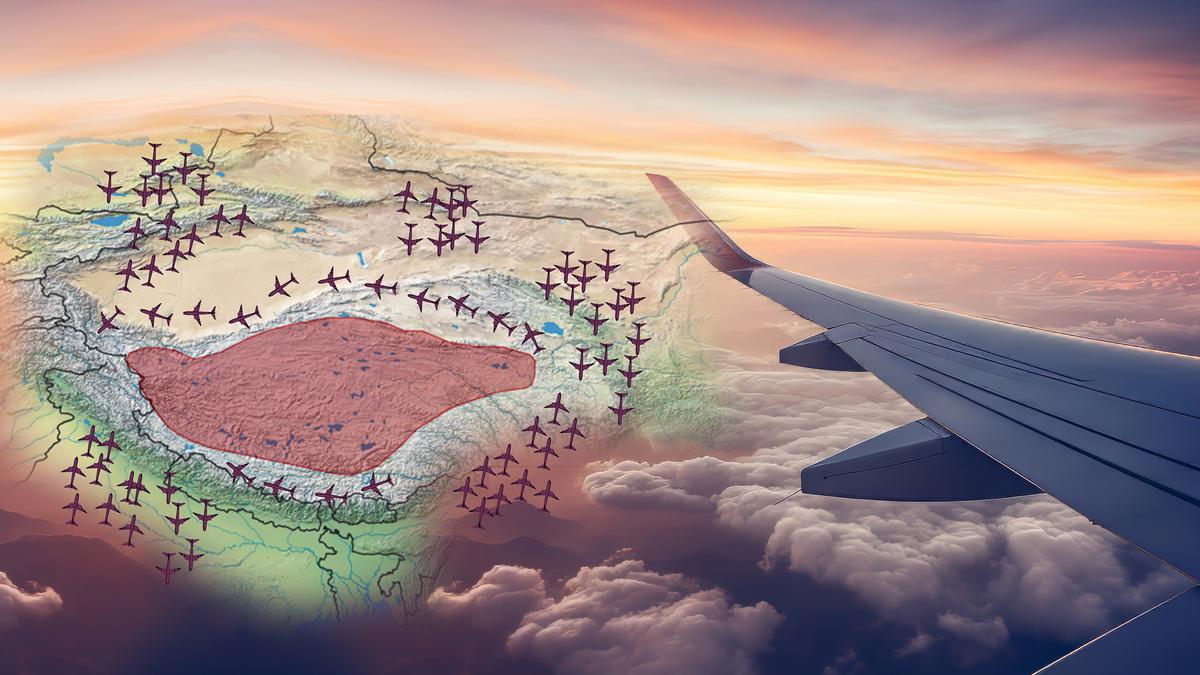Key insights
-
1
Geographical Challenges
The Tibetan Plateau is known for its high altitude, with an average elevation of over 4,500 meters. This high elevation poses significant challenges for aircraft, particularly concerning engine performance and pressurization systems.
-
2
Meteorological Hazards
The region is prone to severe weather conditions, including strong winds and turbulence, which can be hazardous for flights. These weather patterns are unpredictable and can cause significant flight disruptions.
-
3
Lack of Emergency Landing Sites
The sparse population and rugged terrain of the Tibetan Plateau mean there are very few suitable locations for emergency landings, increasing the risk factor for flights over the area.
-
4
Air Traffic Control Limitations
Air traffic control infrastructure is limited over the Tibetan Plateau, making navigation and communication more challenging for pilots flying over the region.

